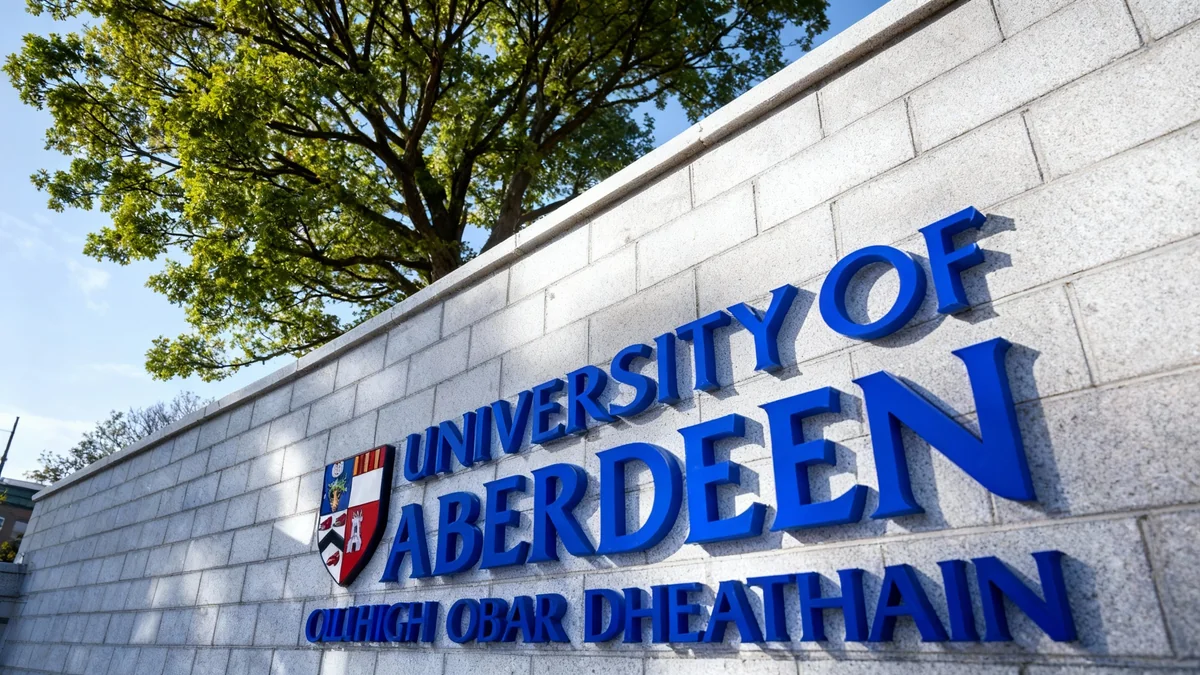Colgate University has announced a significant expansion of its financial aid program, making attendance tuition-free for accepted students from families with annual incomes up to $175,000. This new policy, part of the Colgate Commitment initiative, is set to begin in the fall of 2026.
The plan aims to remove financial barriers for middle-income families, making a private university education more accessible. In addition to the tuition-free threshold, the university will also meet the full demonstrated financial need for students from families earning up to $200,000 without including federal loans in their aid packages.
Key Takeaways
- Starting Fall 2026, Colgate University will be tuition-free for students from families earning up to $175,000 annually.
- Families with incomes up to $200,000 will have their demonstrated financial need met without student loans.
- This marks the third major expansion of the Colgate Commitment financial aid initiative.
- The policy is designed to increase socioeconomic diversity and make the university more accessible to middle-income students.
A Bold Step in College Affordability
Colgate University's latest financial aid enhancement represents a major development in the national conversation about college affordability. By setting a high income threshold of $175,000 for free tuition, the university is targeting a segment of the population often caught in a difficult position: too high an income to qualify for substantial federal aid, but not enough to comfortably afford the high costs of a private education.
This initiative, which will take effect with the entering class of fall 2026, is a strategic move to attract a more socioeconomically diverse student body. University officials believe that removing the tuition burden will allow them to recruit talented students who might otherwise not have considered applying due to perceived costs.
The policy change is the third time Colgate has broadened its financial aid promise. This continuous expansion signals a long-term institutional priority to reduce student debt and increase access.
By the Numbers: The New Colgate Commitment
- $175,000: The maximum annual family income for students to receive free tuition.
- $200,000: The income threshold for families to have their full demonstrated need met without loans.
- Fall 2026: The official start date for the new aid policy.
How the New Aid Structure Works
The expanded Colgate Commitment is structured to provide relief at two distinct levels. The most significant change is the elimination of tuition for students whose families have a total annual income of $175,000 or less. This covers the primary cost of attendance, although students will still be responsible for room, board, and other fees, which can be covered by other forms of aid.
Support for Higher Earners
For families earning between $175,000 and $200,000, the university is implementing a “no-loan” policy. This means that while these families will still be expected to contribute to the cost of tuition, Colgate will meet their full demonstrated financial need through grants and scholarships, not student loans. This is designed to prevent students from graduating with a heavy debt burden.
This tiered approach acknowledges the financial pressures faced by a broad spectrum of middle and upper-middle-class families. It moves beyond traditional aid models that often focus exclusively on the lowest income brackets.
A History of Expanding Access
This is not Colgate's first step toward making education more affordable. The university has steadily increased its financial aid budget over the years. A previous expansion announced in 2022 adjusted aid packages to also cover the average cost of textbooks and other academic expenses, recognizing that tuition is not the only financial hurdle for students.
The National Context of Rising Tuition
Colgate's announcement comes at a time when the cost of higher education is a major concern for American families. For decades, tuition at private and public universities has outpaced inflation, leading to a nationwide student debt crisis that now exceeds $1.7 trillion.
Many elite private universities with large endowments have been introducing similar initiatives. These “no-loan” policies and expanded tuition-free programs are becoming a key competitive advantage in attracting top students from diverse backgrounds. By investing its resources in financial aid, Colgate is positioning itself among a group of institutions committed to need-blind admissions and comprehensive aid.
"Initiatives like this are critical for ensuring that higher education remains a vehicle for social mobility rather than a perpetuator of inequality. It allows talent to rise, regardless of a family's financial circumstances."
The impact of such policies can be significant. They not only relieve financial stress on families but also allow students to choose majors and career paths based on their passions, rather than the need to repay substantial loans. This can lead to greater innovation and a more diverse workforce in fields that may not be the highest paying immediately after graduation.
What This Means for Future Students
For high school students beginning their college search, this news makes Colgate a much more attractive option. The clear income thresholds provide transparency and predictability in the often-confusing world of financial aid.
Prospective students and their families can now assess their eligibility with greater certainty. The key steps for interested students include:
- Meeting Admissions Standards: The Colgate Commitment is a financial aid program. Students must first be accepted to the university based on their academic and extracurricular merits.
- Filing Financial Aid Forms: Families will need to complete the Free Application for Federal Student Aid (FAFSA) and the CSS Profile to determine their demonstrated need and income level.
- Understanding the Full Cost: While tuition may be covered, families should still plan for costs like housing, meal plans, travel, and personal expenses.
The policy change is expected to increase application numbers at Colgate, potentially making the admissions process even more competitive. However, for those who are admitted, the financial pathway to a degree from the Hamilton, N.Y. institution will be significantly clearer and more manageable starting in 2026.





